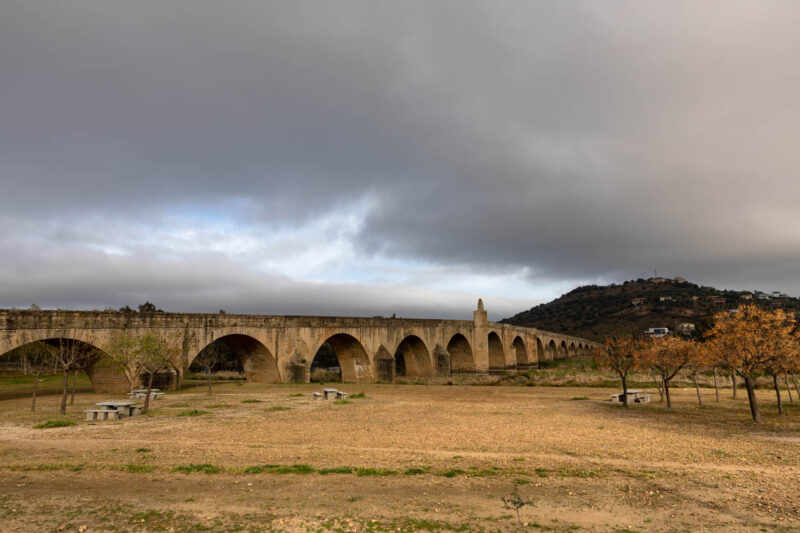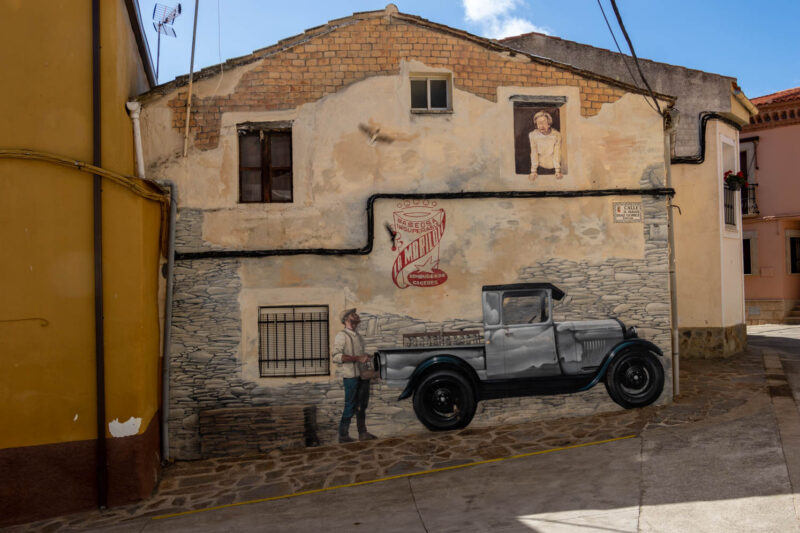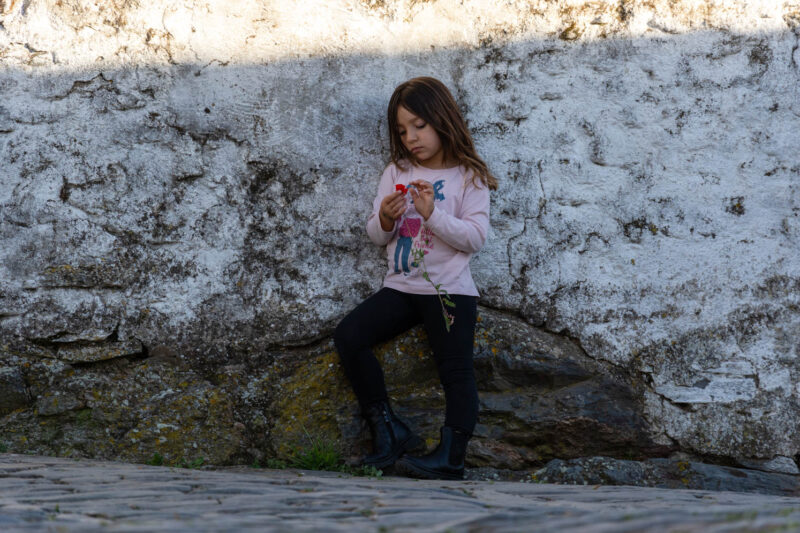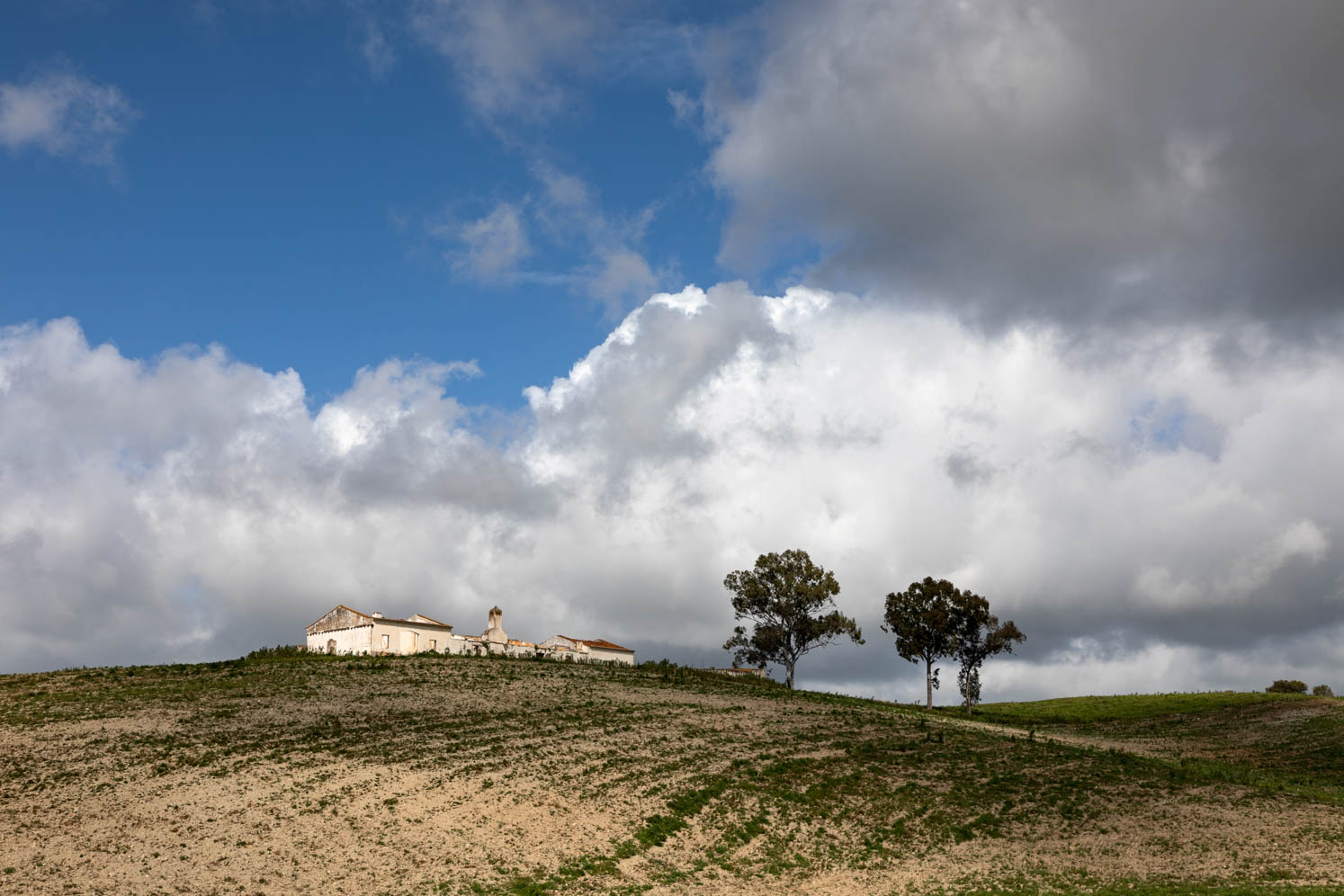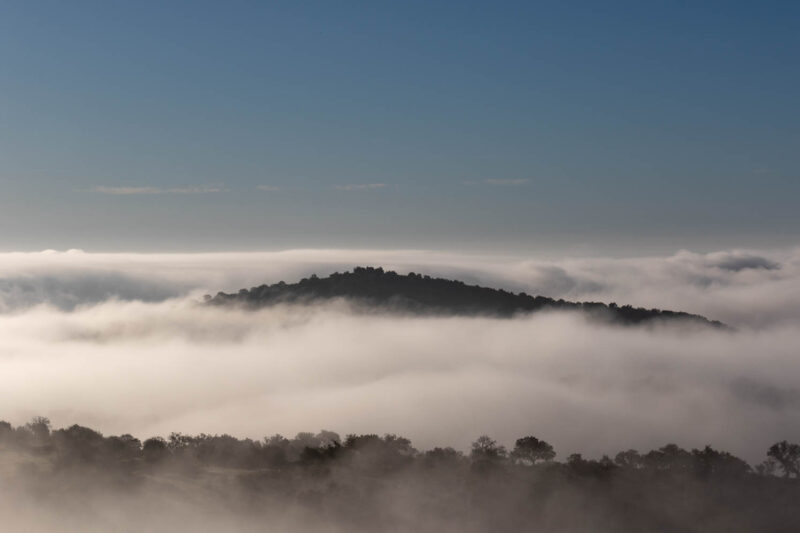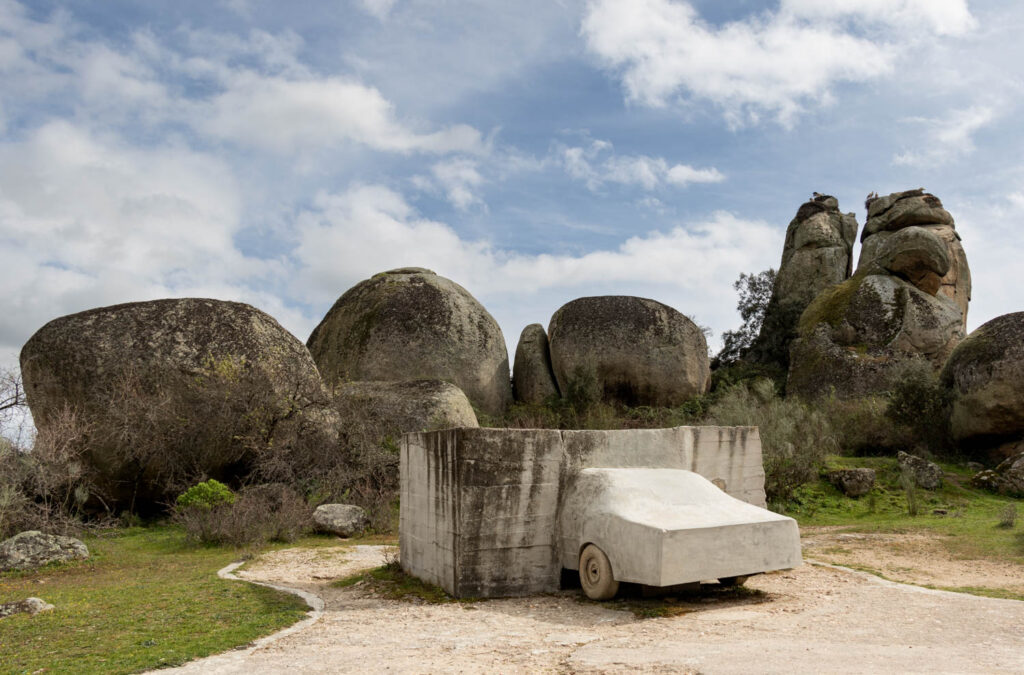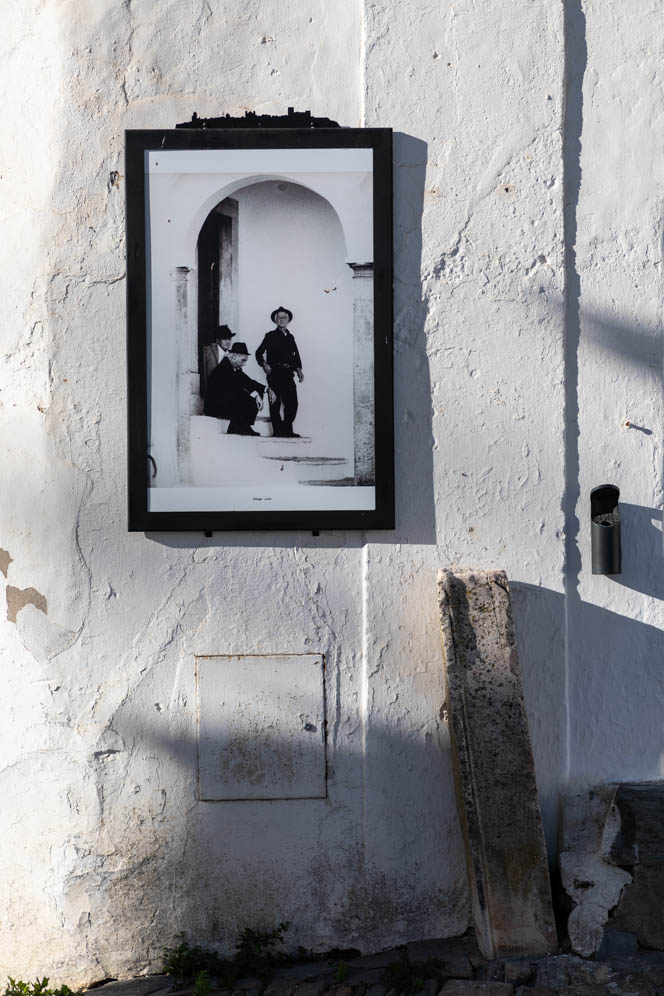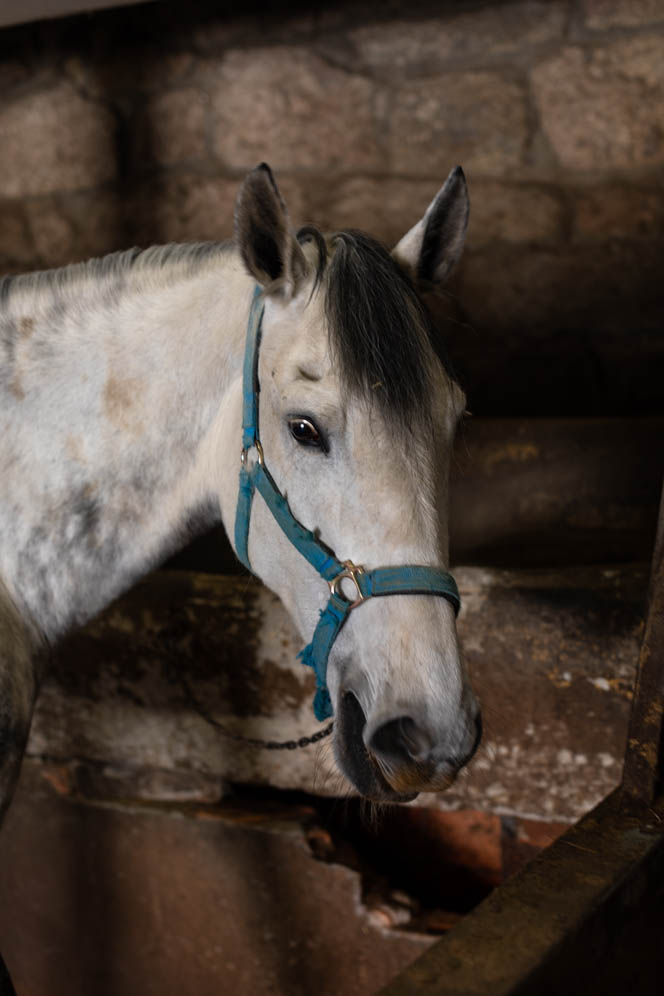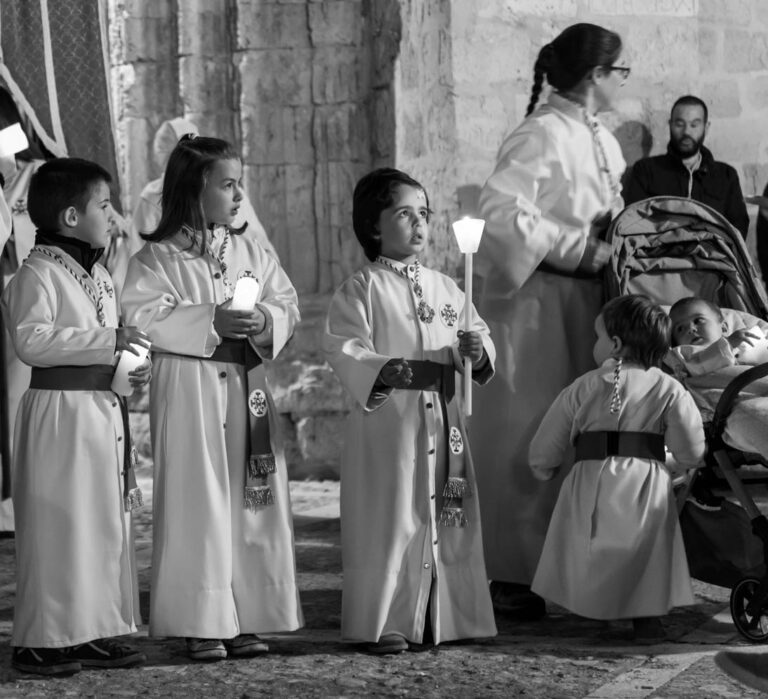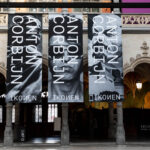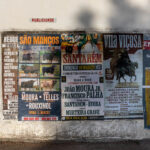Travelogue – Spain and Portugal 2023
travelogue
Spain and Portugal 2023
In the winter period we both suffer from the winter blues. A good remedy for this is to look for the warmth of the sun and that is what we did. At the beginning of March, we left for Southern Europe to the border area of Spain and Portugal. The weather gods were good to us and during the whole trip the weather was nice with lots of sunshine.
We drove about 7.600 km during this trip, of which 5.100 km in Spain and Portugal.
Photo series
We have recently uploaded the photo’s that we made in Spain during this trip on SmugMug. They are incorporated in the regional series of Castilla y León, Extremadura and Castilla- La Mancha (please click).
We also completed uploading our photo’s of Portugal on SmugMug. They are incorporated in the (sub) regional series of: Northern Portugal, Central Portugal – Beiras, Central Portugal – Estremadura, Baixo Alentjo, Alentejo Central, Alto Alentejo, Alentejo Litoral, and Algarve (please click).
Here below, meant as a teaser, a small selection of the photos that we made in 2023.
Route
- Zeeland (NL) – Broglie (FR)
- Broglie (FR) – Mirambeau (FR)
- Mirambeau (FR) – Rodilla (ES)
- Rodilla (ES) – Pedraza (ES) – Segovi
- Segovia (ES) -Ávilla (ES)
- Ávilla (ES) -Romangordo (ES) – Trujillo (ES)
- Trujillo (ES) – Alcántara (ES)
- Alcántara (ES) – Los Barruecos (ES) – Valencia de Alcántara (ES)
- Valencia de Alcántara (ES) – Barragem de Póvoa (PT) – Castelo de Vide (PT)
- Castelo de Vide (PT) – Marvão (PT) – Terrugem (PT)
- Terrugem (PT) – Terena (PT) – Alandroal (PT) – Vila Viçosa (PT) – Evoramente (PT)
- Evoramente (PT) – Évora (PT)
- Évora (PT) – Monsaraz (PT)
- Monsaraz (PT) -Mourào (PT) – Moura (PT) – Serpa (PT)
- Serpa (PT) – Minas de São Domingo (PT) – Mértola (PT)
- Mértola (PT) – Monsaraz (PT)
- Monsaraz (PT) – Mourão (PT) – Jerez de los Caballeros (ES)
- Jerez de los Caballeros (ES) – Torre de Miguel Sesmero (ES)
- Torre de Miguel Sesmero (ES) – Zafra (ES) – Llerana (ES) – Castuera (ES) – Villanueva de la Serena (ES)
- Villanueva de la Serena (ES) – Cabeza del Buey (ES) – Peloche (ES) – Valdecabelleros (ES)
- Valdecabelleros (ES) – Ciudad Real (ES) – Valdepeñas (ES)
- Valdepeñas (ES) – Castellar de Santiago (ES) – Torre de Juan Abad (ES) – Almedina (ES) – Villanueva de los Infates (ES) – Solana (ES) – Argamasilla de Alba (ES)
- Argamasilla de Alba (ES) – Belmonte (ES) – Ciudad Real (ES) – Medellín (ES)
- Medellín (ES) – Alcántara (ES)
- Alcántara (ES) – Puente Romana (ES) – Monsanto (PT) – Idanha-a-Velha (PT) – Meimoa (PT)
- Meimoa (PT) – Belmonte (PT) – Sortelha (PT) – Sabugal (PT) – Meimoa (PT)
- Meimoa (PT) – Belmonte (PT) – Castelo Mendo (PT)
- Castelo Mondo (PT) – Castelo Bom (PT) – Almeida (PT)
- Almeida (PT) -Trancosa (PT)
- Trancosa (PT) – Mirandela (PT) – Chaves (PT)
- Chaves (PT) – Bragança (PT) – Toro (ES) – Ampudia (ES)
- Ampudia (ES) – Bordeaux (FR) – Pissos (FR)– Gacé (FR) – Zeeland (NL)
Map of Spain and Portugal with photo locations
Highlights of our trip (following the sequence of our route)
Spain
Pedraza
Pedraza is located high on a limestone rock. The city wall is still intact and the character of the old medieval town has been preserved. Behind the Puerta de la Villa, the only access to the village, is a maze of narrow, steep streets, with rustic buildings, most of which feature coats of arms.
Segovia
We very much liked the camper spot at the Plaza de Toros. We had a view of the beautiful arena. Apart from bullfighting itself, we find everything around bullfighting fascinating.
We took a long walk. First to the aqueduct and then through all kinds of narrow streets via the Plaza Mayor to the Alcázar and back again via other narrow streets. The Acueducto Romana is impressive. It has a length of 728 m and a height of 28 m at its highest point. It consists of 158 arches on two floors of stacked chunks of granite, built without the use of mortar. A brilliant example of Roman architecture.
We visited the exhibition “The Triumph of the Everyday” by Daniel Zuloaga. In 2021 it was one hundred years ago that Daniel Zuloaga Boneta (1852-1921) died, today considered one of the most important protagonists in the history of Spanish ceramics. The exhibition highlights the facet of Daniel Zuloaga as a photographer, closely linked to his demonstrated interest in regionalist aspects of Spain of his time and the use of snapshots as a source for his work with ceramics.
Segovia is a lovely city with impressive buildings, such as the cathedral and it is certainly a lively city.
Ávilla
Ávilla is located at an altitude of 1,100 m and is walled by a 2,500-meter-long granite wall. There are 88 round towers and 2,500 battlements on the wall. It is a masterpiece and one of the most imposing city walls we have seen.
Regretfully, we found Ávilla within the walls gray, cold, massive, and bombastic. Maybe we’re not giving the city the credit it deserves.
Romangordo
This small village is special because of the murals. You can find them in every street. With scenes from the past, or professions that used to be practiced in the village. Since 2016, several artists from Extremadura and students from the “School of Fine Arts” from Madrid have created these works.
Trujillo
Here, too, we spent the night at the arena. We were in Trujillo before. We walked to the Plaza Mayor in the evening. A very nice square. We did not go to the castle this time, which is worth a visit. Trujillo is a nice city and looks friendlier than the cities in the north.
Alcántara (I)
From Trujillo we drove via back roads to Alcántara. A beautiful route, although it did not go completely smoothly. We got stuck in a small village and unfortunately had to turn around.
We spent the night in Alcántara and took a walk to an old Roman arch bridge, the Puento Romana, built without mortar over the Tagus River between 104 and 106 AD.
Alcántara is one of the characteristic villages of Extremadura. We walked through the village on our way back from the bridge. The village is beautiful, but the light was not nice to take pictures. However, we would visit Alcántara again during this trip, we didn’t know that at the time, with fortunately warm evening light.
Los Barruecos
Los Barruecos has the status of Parque Natural. It is a beautiful area near Cáceres. Impressive are the huge rocks on which storks breed in spring. Numerous historical places can be found in the park. There are tombs, carved into a large granite boulder. There are also historic murals. The rock formations worn out by erosion are also very special.
There are artificial ponds, which in the past were used for washing wool. It is home to colonies of white storks, as well as cormorants, grebes, and black-winged waders.
In addition to all the nature and historical sights, the park also has a museum of the German artist Wolf Vostell. Several special works of art are in the park itself.
Valencia de Alcántara
Here, too, we had a place at the arena. Valencia de Alcántara is a small but very lively city. The Juderia, the Jewish quarter, is one of the most attractive and best preserved Juderia in Spain. We strolled through the neighborhood and photographed. The church Nuestra Señora de Rocamador is also interesting. On almost all churches and old buildings were storks that had made their nests there.
At a small bakery we bought delicious bread.
Portugal
Castelo de Vide
In the late afternoon, we started a city walk. Castelo de Vide is a pretty, charming town, with white houses, along cobbled alleys. Also here, as in many other Spanish cities, a Juderia with synagogue, which determines the city. The castle, Castelo de Vide, is impressive.
The next morning, after breakfast, we went back into town. We love strolling through a city that is waking up. We kept on discovering new streets and squares.
Marvåo
Between Castelo de Vide and Portalegre, and just a few kilometers from Spain, lies the quiet town of Marvão, on the highest peak of the Serra de São Mamede.
Inside the walls are narrow streets, lined with beautiful houses, typical of the Alentejo. In addition to the castle, Castelo de Marvão, the architectural heritage of Marvão includes the Igreja de Santa Maria, the Igreja de Santiago, the Renaissance Capela do Espírito Santo and the Convento de Nossa Senhora da Estrela, which lies outside the walls.
One of the main reasons to visit Marvão is the stunning view over the surrounding area and on Marvão itself from the castle.
We didn’t have the magical light this time that we had several years ago when we visited Marvão.
Terena
Terena is a small characteristic Portuguese village. A little pearl we think. In 2019 we had taken pictures of elderly women in the village. At home, I had made prints in case we would visit Terena. We went looking for the women. The oldest woman had died. Her neighbour and good friend, of whom I had also taken pictures, was moved when we gave her the photos.
On our walk through the village, we came across a beautiful old lady who really enjoyed it that we took pictures of her. A good reason to visit Terena again in the future, with prints ofcourse
Alandroal
The town is dominated by the Alandroal castle. Within the walls is a parish church and some cottages, but not much is left of the cottages. The castle is worth a visit.
Vila Viçosa
Villa Viçosa used to be one of the most important cities of the Alentejo. It has an imposing castle and an equally impressive palace.
The palace and castle were built by the Breganza dynasty, whose descendants were on the throne of Portugal and England. The town has a certain grandeur and exudes a special atmosphere.
Évora
Évora is the historic capital of the Alentejo. It has about 55,000 inhabitants. Évora is as the English say “a well preserved town”. It is also a Unesco World Heritage site. It is a wonderful city to stroll through. Places of interest are the Juderia, the narrow Moorish streets, a Roman temple and imposing churches, such as the Convento do Carmo and the Igreja de São Francisco.
At a small bookstore we bought a photo book by Artur Pastor (1922 – 1999) with the title “Portugal pais de contrastes”.
Monsaraz
Monsaraz is one of the most beautiful towns of the Alantejo. Bradt describes Monsaraz best, I think: Surrounded by a perfectly preserved medieval wall, crisscrossed with cobblestone streets and with whitewashed bell towers, gleaming under the sun, Monsaraz is the kind of fortified hill town that would fit into cinematic images backed by music by Ennio Morricone. It’s all about atmosphere.
We strolled through the streets of Monsaraz in the late afternoon light and the next day in the early morning light. On the walls hung black and white photos taken in Monsaraz by various photographers.
Serpa
On the way to Mértola we made an stopover in Serpa. We also spent the night there. Serpa is an intimate city with nice squares, beautiful city gates, narrow streets with whitewashed houses and cobblestone streets. A Moorish city.
The Torre do Relógio, the bell tower is the logo of Serpa. Important buildings are being restored. Wars, time, earthquakes have caused a lot of damage to the castle, the aqueduct, and the fortress walls.
Serpa is also known for the Cante Alentejano, a traditional polyphonic singing of farm workers from this part of the Alentejo.
Mértola
From Serpa we took the “bumpy road” to Mértola. We made a stopover in Mina de São Domingos. In Mértola we were at a beautiful camper spot on the Guadiana River, with a view of Mértola and the river.
Mértola didn’t look “fresh” like it did in 2010, when we were there. There is a lot for sale. In fact, everything is in need of a major makeover. Nevertheless, it remains an attractive city. The view from the castle on the river and Mértola is fantastic.
The Cemitério de Mértola is unique due to its location. But also, the old mosque, now a church with the name Ingreja Matriz de Nosca da Anunciação is worth a visit.
Mourão
Before we crossed the border into Spain, we visited the town of Mourão. We had been here before and then visited the arena, isolated in the landscape. At that time, there were sheep walking at the arena, which was very special.
Now we have driven into the town and visited the castle and the church. When you arrive at Mourão, the castle is an eye-catcher, and it creates a beautiful skyline. We strolled through Mourão, the town is worth a visit.
Spain
Jerez de los Caballeros
A white city with three churches with beautiful baroque towers. A cozy square: the Plaza de España. On top of a hill stands the Iglesia de San Bartolomé, a church whose façade and tower are lavishly decorated with painted stucco, faience and azulejos.
Very disturbing in this quite nice city, are the number of cars that drive through the town no matter how narrow the streets are and people park their car everywhere.
La Serena
La Serena is a region located in the east of the province of Badajoz, and the vast grasslands that predominate in the landscape are one of its most important characteristics.
The river Zújar and its tributaries cut through this rolling plain of slate. On the south side and the east side of this peninsula are mountain ranges that are no higher than 950m, and which are densely overgrown with Mediterranean forests and scrub.
Source: Birding in Extremadura
We have been in this area for about two days. We were impressed by the infinite expanse of the area. From a landscape point of view, La Serena is fantastically beautiful.
Places that we have visited: Castuera, Villanueva de la Serena, Cabeza del Buey. We spent the night at a lake near the village of Valdecabelleros.
Villanueva de los Infantes
We followed part of the Don Quixote route: Valde peñas – Castellar de Santiago – Torre de Juan Abad – Almedina – Villanueva de los Infantes – Solana – Argamasilla de Alba.
Villanueva de los Infantes is a nice village with a tradtional Plaza Mayor. On the square there are statues of Don Quixote, the horse Rocinant, Sancho Panza and his donkey. Villanueva de los Infantes claims to be the birthplace of Don Quixote.
We found a very nice camper place on the lake at the Ermita de Panarroya.
Medellín
In the heart of Extremadura, not far from the capital Mérida, is Medellín. This place is known as the birthplace of Hernán Cortés, the controversial conqueror of Mexico. Medellín Castle is located on a hill on the impressive Guadiana River and can be seen from afar. The medieval bridge over the river is one of the most beautiful bridges we have seen in Spain. Aside of the hill is a Roman theatre.
We stood with our camper on the riverbank overlooking the old bridge. For us Medellín is a pearl in Extremadura.
Alcántara (II)
On this trip we visited Alcántara twice. This time we took the time to stroll through the town. It was at the end of the afternoon, and the light was perfect for photography. We very much like Alcántara, however many houses and buildings are dilapidated regretfully. Many characteristic buildings are on the verge of collapse. A lot of money is needed to refurbish it.
At the camper place last time I had made friends with a horse, that lived in the grassland next to our camper. We shared a few apples, just like last time.
Portugal

Aldeias históricas
The historic villages of Portugal form a network of twelve picturesque and historically important places in the districts of Coimbra, Guarda and Castelo Branco. The villages are Piódão, Almeida, Belmonte, Castelo Mendo, Castelo Novo, Castelo Rodrigo, Idana-a-Velha, Linhares da Beira, Marialva, Monsanto, Sortelha and Trancoso.
These villages were built high in the mountains, so that they could be seen from afar from the high towers of the medieval castles. That is why they are also strategically located along the border. The kings and landlords knew that this would give them a better night’s sleep. But they were occasionally mistaken about that. Moors and Christians, Spaniards, and Portuguese, they have all tried to win over the settlements and therefore every village has a very old story or legend to tell.
In the walls of granite and slate, the historic villages preserve the real Portugal: the authenticity of the Portuguese people and the pride of a 900-year history.
Website Aldeais Históricas de Portugal ( please click)
Monsanto
The village is located high. The granite houses are built between, next to, or under huge rocks. The huge boulders were vomited out by the earth millions of years ago due to volcanic activity. Getting to the castle was a steep climb, but because of the spectaculair view definitely worth it. Monsanto is impressive, but as in other touristic towns and villages you miss the ‘normal’ life because tourism has supplanted it.
We found a nice camper spot on the river Ribeira de Meimoa.
Belmonte
Belmonte had the largest Jewish community in Portugal. Many Jews have moved to Israel. We visited the Juderia, but there was little left of it. The history of the Jews in Belmonte is impressive. Belmonte is situated, high on a mountain, with beautiful views.
A few km’s outside Belmonte is a characteristic building, the Roman Tower of Centum Cellas. These majestic ruins were part of a large Roman villa, from the first century AD.
Sortelha
The guides state that Sortelha is one of the most beautiful original medieval villages in Portugal. That was probably the case a few years ago. Unfortunately, tourism has done its job.
The old buildings are being “restored” and furnished to be rented out. The original inhabitants no longer live there. The village no longer has a soul. Fading Portugal.
Castelo Mendo
Castelo Mendo is a small walled village, a pearl in a very attractive landscape. We took a walk through the village in the late afternoon. The camper spot is located just outside the village and has a view over the valley.
The next morning, we went out before breakfast to take pictures in and around the village in the early morning light.
Almeida
Almeida is situated within a star-shaped fortress. This fortified town was built in the 12th-13th century around a medieval castle, which was located on an important strategic defensive point, on a plateau 12 km from the Spanish border. It is a special city with nice streets and houses and a special use of color. On the walls of the fortress, you have a beautiful view of the city and the landscape beyond.
Outside the fortress is the picadiero, barracks of the cavalry and where horse training is also given. I believe the picadiero is special. In the stables there were beautiful horses.
Trancoso
With a past that parallels that of Portugal, Trancoso is a town protected by walls, within which a medieval atmosphere still prevails. The plateau on which Trancoso is located, at an altitude of 870 meters, gave it a strategic location in the defense of the border with Spain. As a result, Trancoso was an important scene of battles during the Middle Ages.
Spain
Ampudia
On the way back to Nederland we visited Ampudia. It is the third time that we spend the night in Ampudia. See also our other travel reports. We are in love with this place.
We were there on Maundy Thursday and Good Friday. In the evening there was an Easter procession. A silent tour through the streets of Ampudia.
Travel guides
- Extremadura – Crossbill Guides
- Alentejo – Alex Robinson – Bradt
- The Rough Guide to Portugal
In the Dutch travel report more travel guides are listed.
Comments are closed.


